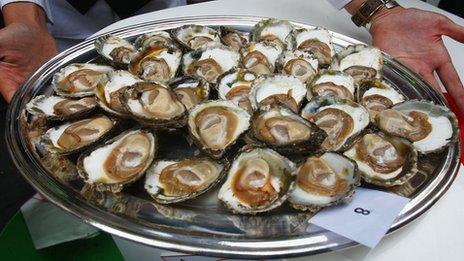Oyster spawning predicted for 'first time in British seas'
- Published
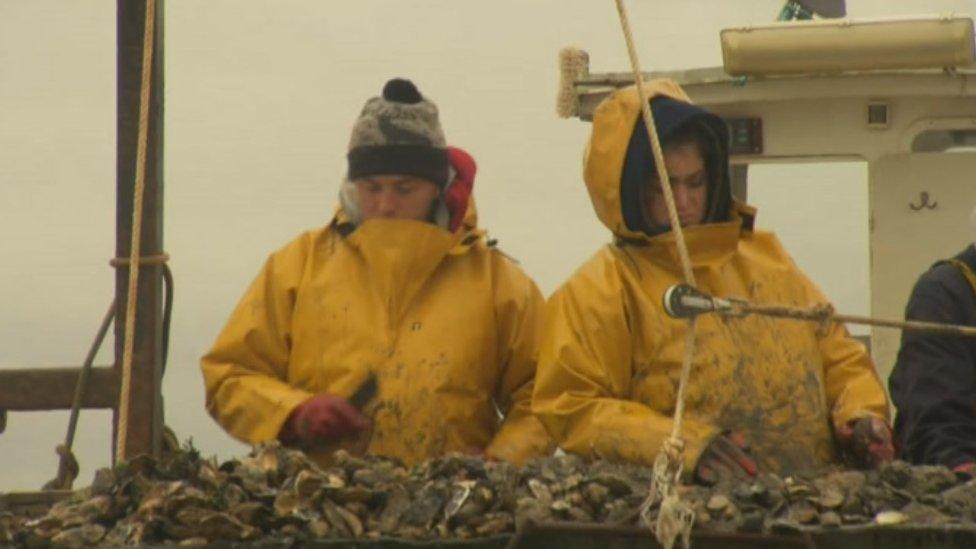
Marine biologists are working with oyster farmers from Colchester Oyster Fishery to monitor spawning oysters
The spawning behaviour of oysters has been predicted for the first time in British seas, scientists have said.
A University of Essex team is working with oyster farmers at Mersea Island, Essex in a bid to boost stocks.
Magnets attached to oyster shells are monitored by sensors which send signals when the spawning begins.
Marine biologist Tom Cameron hopes this knowledge will help producers grow more oysters locally, instead of importing them.
He said: "This is the first time this technology has been used successfully to predict the spawning behaviour of oysters in British seas and communicated directly back to land via 4G technology."
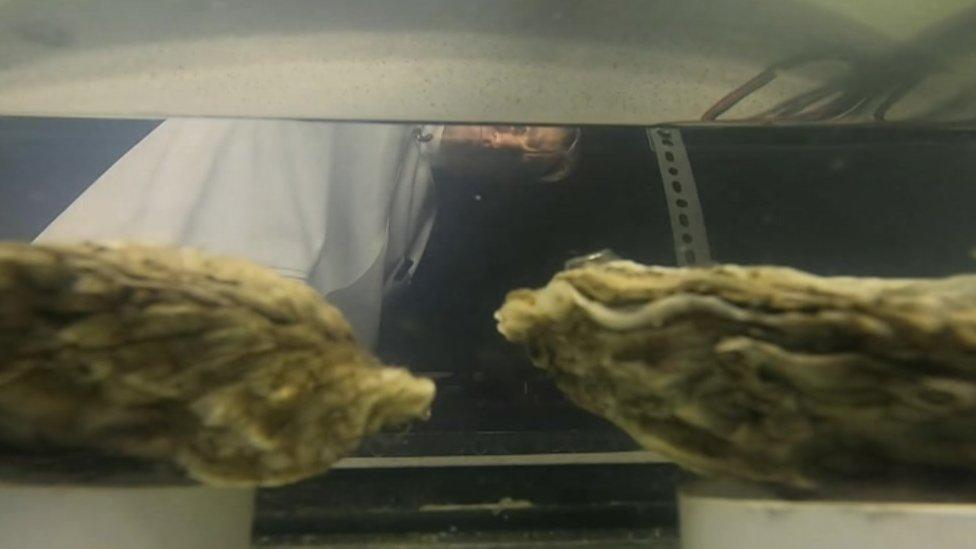
Marine biologists and computer scientists from the University of Essex worked together to test the sensor and magnet system
Operations manager Graham Larkin hoped the method would help increase breeding stock so they can harvest all year round.
The technology was first tested in laboratory conditions at the university's Colchester campus and then at an oyster bed belonging to Colchester Oyster Fishery.
This helped reveal the different way oysters open and close when they feed compared to when they spawn, according to marine biologist Dr Michael Steinke.
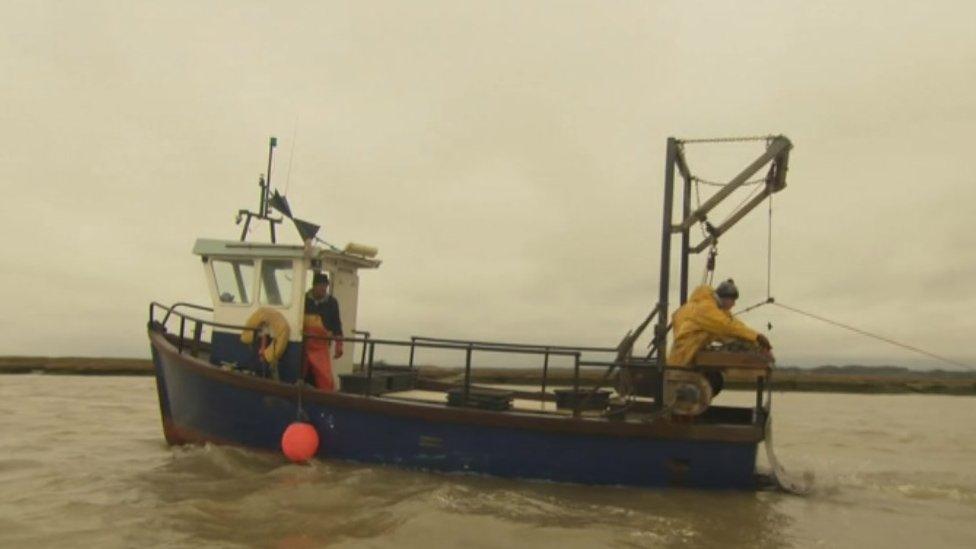
Oystermen lay a bed of crushed shells on the sea bed when they believe the oysters to be spawning. Previously there was no reliable way of knowing when spawning began
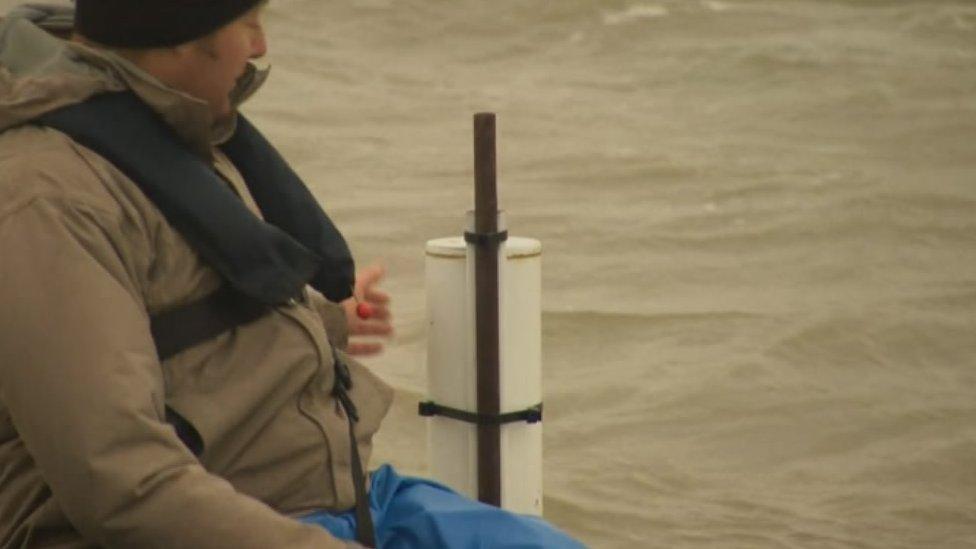
Now sensors detect when the oysters are spawning by sending signals to a data hub at the oyster bed, which relays the information back to land
Oysters can spawn when the sea reaches 18-20C (64-68F).
Their larvae need a hard surface to grow on which is not found in the muddy Essex estuaries.
To overcome this, the oyster farmers have a 10-day period in which to lay crushed shells on the sea floor when they believe the oysters are spawning.
This provides the hard surface and also the larvae use material from the crushed shells to build their own shells.
If the farmers lay too soon the crushed shells get covered in mud and if they lay too late the larvae get washed away.
Dr Cameron said once the sensors were in place "we can actually see the spawning behaviour through the dynamics of the [oyster's] valves opening and closing".
This sends a signal to a data hub which uses 4G to transmit the information to the fishery and farmers can then more accurately predict when they need to lay the crushed shells.
Dr Cameron said as well as boosting oyster production, the method should minimise need to import the molluscs from other areas, which carries the risk of introducing disease.
- Published2 November 2018

- Published12 October 2018
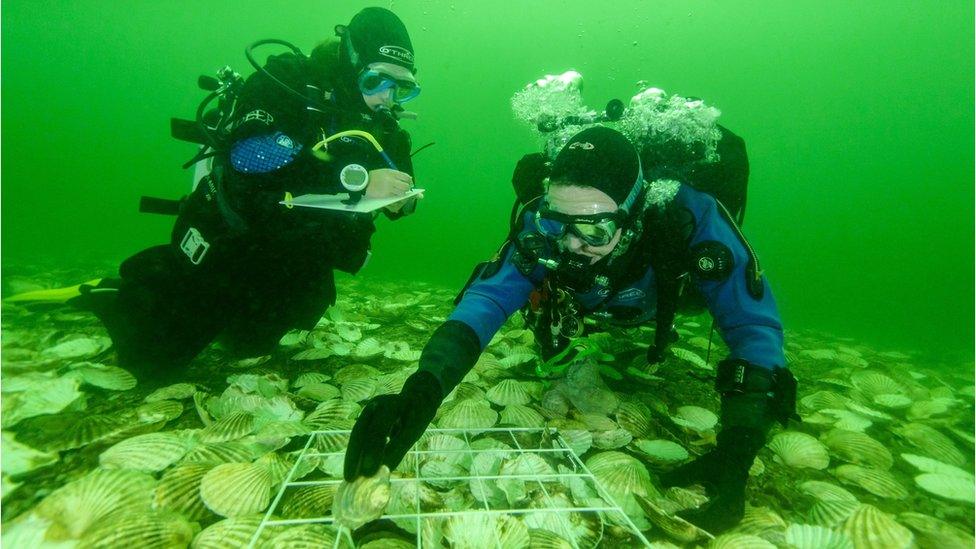
- Published11 September 2017

- Published2 May 2016
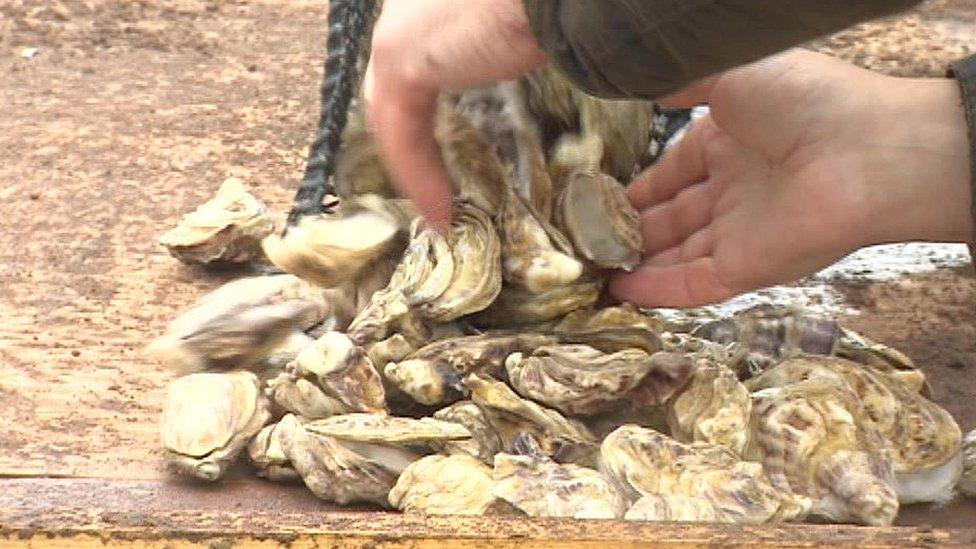
- Published23 October 2012
